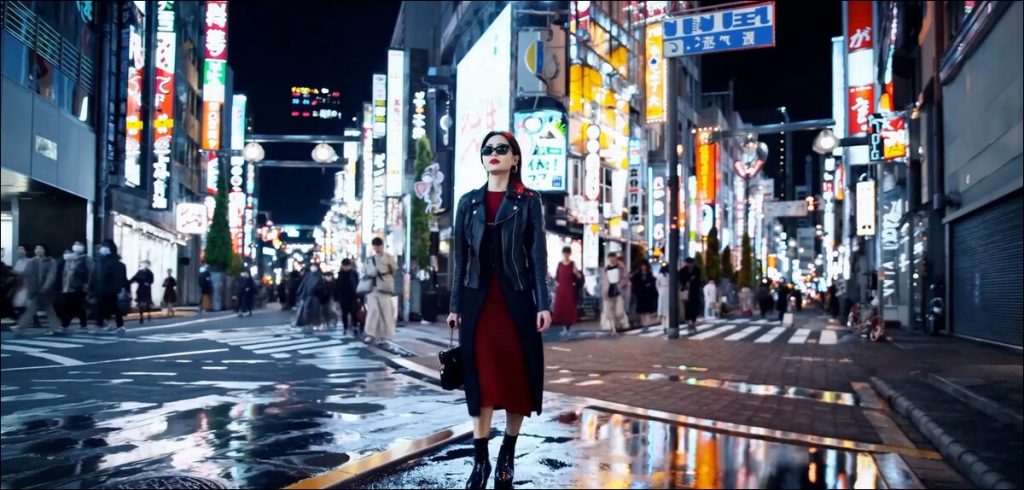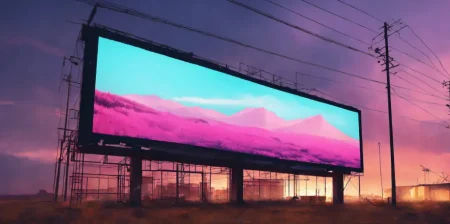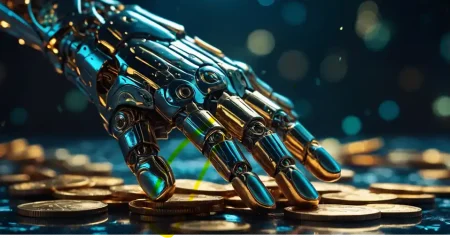Generative AI creation apps have come to life with OpenAI’s Sora and besides other things, it is slated to change cinema beyond recognition writes Satyen K. Bordoloi.
It was – perhaps still is – the most expensive action sequence ever, better than the seminal bullet-time of its prequel Matrix. Called the Burly Brawl scene from Matrix Reloaded, Neo fights an army of Agent Smiths. Because it is set in the matrix where Neo can defy laws of physics, besides martial arts chops, that scene has unbelievable camera work. The only problem: most of that scene was shot in a special virtual environment created just for the film and cost $40 million, about 40% of the film’s budget.
Today, taking out actor’s fees, a full film with action and camerawork that comes close to Matrix Reloaded can – with some effort – be made in less than half the budget of just that one sequence. This wasn’t really possible before 16th February. But in the few days since OpenAI’s Sora released, the world of video creation has changed markedly. While the internet is having fun with memes poking fun at Bollywood’s commercial cinema, what these meme-makers and others have not yet realized is how GenAI (generative artificial intelligence) video creation tools will change cinema. Forever.
Besides being a journalist, I am a screenwriter. In nearly a decade and a half in Bollywood – besides music and accounts – I’ve been involved in every department of filmmaking, direction, production, set design, casting, editing etc. This has given me a wholesome view of how magic is created to be projected through the bright light of the projector in a cinema hall. I’ve seen many dramatic changes, yet, as a futurist, AI enthusiast and filmmaker, I realize that the changes the filmmaking process will undergo thanks to GenAI video creation tools like OpenAI’s Sora, will surpass every other since the introduction of sound in 1927.
The greatest benefit of this is that these changes won’t be just for those with deep pockets. The true democratisation of filmmaking that first began with digital editing, then digital filmmaking, will come to fruition with this technology.
THE ADVENT OF NO CAMERA FILMMAKING:
Back in 2013, actor, author and martial artist Kenny Basumatary from Assam, made a zero-budget film. His only expenditure was a Canon Digital SLR that cost him under a lakh. He gathered friends and family to make Local Kung Fu, which by now has become a cult classic of the NorthEast. Digital modes of shooting and editing have made near-zero-budget filmmaking possible. You still have to buy a camera like Kenny. With generative AI, though, you don’t even need a camera. All you need is an ability to imagine and put it into words that the GenAI video generation system can understand, and voilà, you could have a film. Another AI voice creation app can speak the dialogues, and a music creator AI system can make your music.
Of course, it’s not that simple as yet. All we can make today would be experimental, esoteric films since these are early days. But the groundwork for such a revolution has been laid, and it’s just a matter of time when like films made entirely on Unreal Engine, you’ll have the first true zero-budget film made using just a PC, laptop, tablet or mobile phone without using their cameras.
INEXPENSIVE FILMS WILL LOOK EXPENSIVELY MOUNTED:
There’s a slang in filmmaking: how expensively mounted a film looks, which we use to refer to the illusion that a film looks more expensive than its allocated budgets allow. A recent example is Creator. By the looks of it, the sci-fi film looks as expensive as Marvel films but at $80 million had less than half the budget of the first Iron Man in 2008 ($186 million).
Despite all this, the film did cost money to create the brilliant world of the future, most of it to create the wide, exterior shots that give a view of the expanse of the futuristic world. With GenAI, this becomes easy. You can create those exterior shots with text prompts fed to them.
Even zero-budget films will look expensively mounted in a few years. A guy making a film on his laptop in his basement can give Marvel a run for its money with his GenAI-created special effects.
PRODUCTION WILL CHANGE DRAMATICALLY:
I was working on the sets of a Netflix show at the end of 2022. The director wanted reference photos for a set he wanted to create. Instead of drawing it by hand, the set designer used Midjourney to create options, one of which was selected, and a set made accordingly. The same guy showed me a bike to be ridden by the devil through a desert he had to design for another film he was working on, again made on Midjourney. It looked stunning.
GenAI image generation has already changed filmmaking. The carpenters on sets can create anything one can imagine. The limitation to this ‘imagination’ has been lifted by GenAI tools. I’ve heard of every department – from scriptwriters to cinematographers, costume designers to hairdressers, using GenAI tools. Now imagine what AI video creators inserted into the process can do. Not only will the production designer create images of sets, but demonstrate camera angles. GenAI video creation tools will change filmmaking, beginning with the smaller nations.
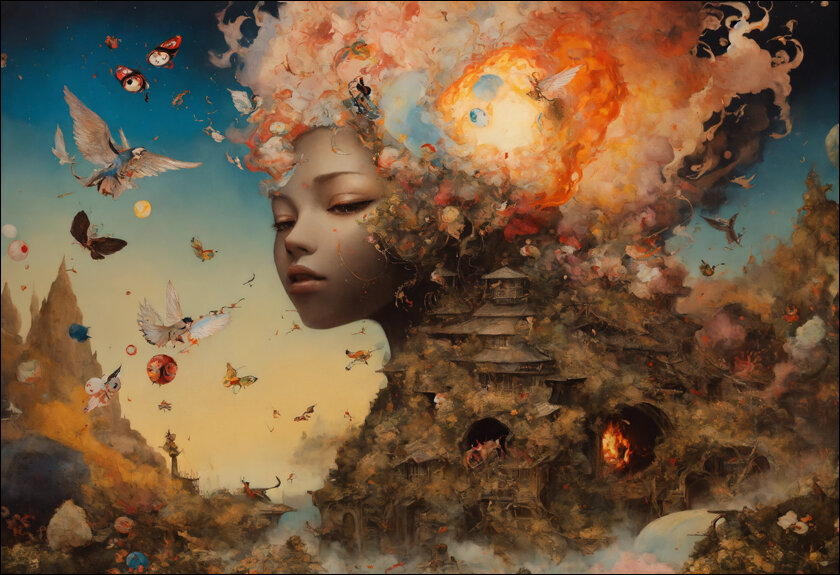
SHOOTING OUTDOORS WILL CHANGE DRAMATICALLY:
A common trick you’ve seen hundreds of times everywhere is that of ‘establishing shot’. E.g. every 90s sitcom – Friends, Frazier, Seinfeld etc. – first showed a second or two of the buildings or bars or where the scene is set, and then cut to the characters inside. This gave viewers a sense of where the scene was set. In films, this had to be done more creatively, with wide pans or zoom-ins of actors entering or helicopter shots of exteriors to give the rich, expensive feel the big screen demands, leading to higher costs.
Today, a truly creative filmmaker can write a film in such a way that almost all of her film can take place in interior locations created inside a set. The expensive wide shots would no longer need helicopters, drones or other expensive techniques – but be created straight on GenAI video tools. This would make even low budget films look richly mounted.
SPECIAL EFFECTS WILL GET CHEAP:
Today, the shots created by OpenAI’s Sora are generic. Tomorrow, a company like Adobe, DaVinci or Unreal Engine could make a generative AI software especially designed to make special effects, which was trained on all footage humans have shot. This will raise similar copyright issues like the one with authors currently, but it will also open up a new world to filmmaking. We can take an existing scene from a film – let’s say the first scene of Matrix, where Trinity is running on rooftops, dodging bullets. We can model a 3D environment from that footage, place a new character in it and do all kinds of camera work inside with just the click of a button. This is the power the Wachowski Brothers (Sisters now), created for themselves in the Burly Brawl scene in Matrix Reloaded, except now, it won’t cost $40 million. Someday soon, it won’t even cost $40.
SCREENWRITING WILL BE GEARED FOR GENERATIVE AI:
Today, screenplays are more like blueprints. Screenwriters are told to keep their descriptions minimal and to the point. Also, once the script is written, the importance and input of the writer in the filmmaking process go down, with some directors not wanting even a bit of interference or ‘suggestions’ from writers while they work.
With GenAI, the role of the screenwriter will change along with how screenplays are written. As GenAI video makers get more popular, you might see production houses demanding writers to be more descriptive in their screenplays, almost like novels. Why? These descriptions would be fed into GenAI programs to create the visuals required for the film. A screenwriter will also be asked to sit with GenAI video creators so she can use her imagination and describe the setting in elaborative words to make it easy for the program to create the image.
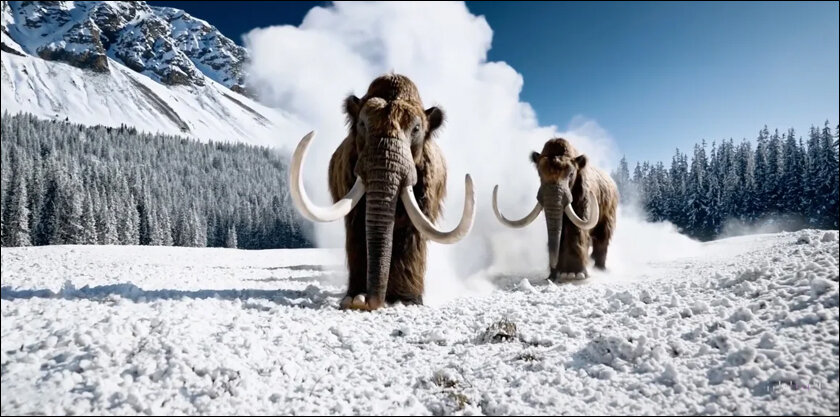
(Image Credit: Sora OpenAI)
“As the final scene fades, a hush falls over the theater. Not the hollow silence of empty awe, but the pregnant quiet of minds grappling with newfound possibilities. The GenAI revolution has begun, its whirring algorithms weaving worlds both unimaginable and strangely familiar. Yet, just as the brushstroke defines the portrait, not the canvas, it is the storyteller’s hand that guides these digital brushes. The cost of entry plummets, not just for pixels and effects, but for dreams themselves. For the first time, every whispered tale, every hidden ambition, has a shot at the silver screen. This is not the end of the old guard, but their rebirth. Armed with empathy, vision, and a newfound arsenal of digital possibilities, filmmakers become storytellers unbound. And so, the lights rise, revealing not just a theater illuminated, but a future where every seat holds a potential auteur, their stories poised to take flight on the wings of imagination and the boundless power of a good yarn. The revolution has begun, but the truest magic, as always, lies in the human heart that beats the story’s rhythm.
The above ending to the article, was rewritten by GenAI tool, Google’s Gemini from my 47-word ending. Now, if I had a GenAI video creator, I could also have shown it in video. In fact, I could have made the entire article in video and presented it for you to ‘see’, rather than just ‘read’. As Gemini says above: The revolution has (only just) begun.
In case you missed:
- How Lionsgate-Runway Deal Will Transform Both Cinema & AI
- What are Text-to-Video Models in AI and How They are Changing the World
- One Year of No-camera Filmmaking: How AI Rewrote Rules of Cinema Forever
- Hey Marvel, Just Admit You’re Using AI – We All Are!
- OpenAI’s Secret Project Strawberry Points to Last AI Hurdle: Reasoning
- DeepSeek not the only Chinese model to upset AI-pple cart; here’s dozen more
- In Meta’s Automated Ad Creation Plan, A Fully Transformed Ad World
- Rise of Generative AI in India: Trends & Opportunities
- Copy Of A Copy: Content Generated By AI, Threat To AI Itself
- Deep Impact: How Cheap AI like DeepSeek Could Upend Capitalism




